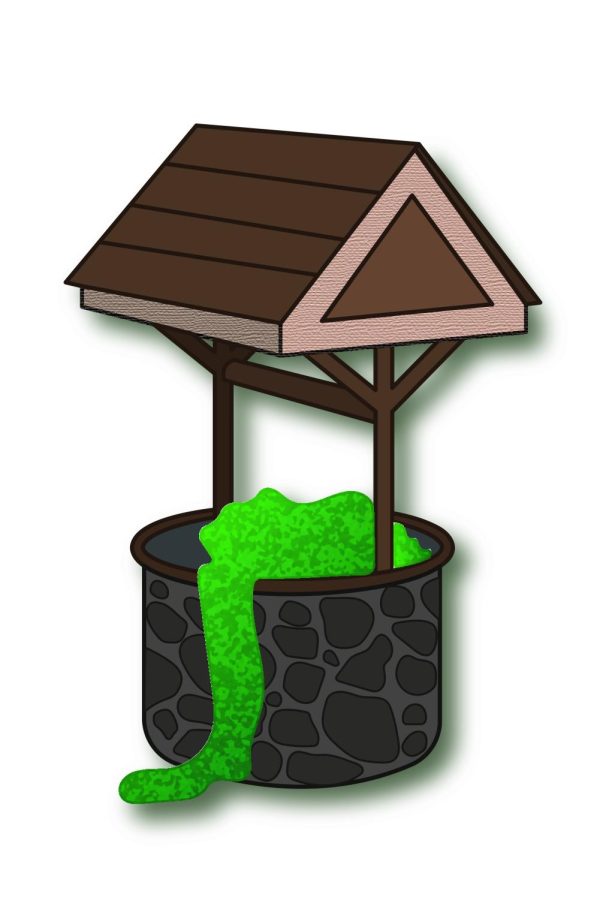East Palestine Still Affected by Derailment Affected by Derailment
Continued safety monitoring and advocacy after train disaster
Just over three weeks ago, on Feb. 3, a 150-car train with over 50 cars containing numerous hazardous chemicals derailed near East Palestine, OH.
Monitoring the After Effects
Governing officials granted permission to intentionally release and control burn the chemicals to ensure the highly flammable vinyl chloride would not uncontrollably ignite. The combustion of vinyl chloride resulted in the release of carbon dioxide, carbon monoxide, hydrochloric acid and small amounts of phosgene gas.
Numerous agencies have become involved with monitoring the safety of the situation, including the U.S. Environmental Protection Agency, the Ohio Environmental Protection Agency, the Ohio River Valley Water Sanitation Commission.
The U.S. EPA synthesizes monitored data on air, public water, private water, soil quality and waste disposal.
The EPA reported, as of Feb. 27, “578 homes have been screened with no exceedances for residential air quality standards.”
The Ohio EPA reports that “there is no indication of risk to East Palestine Public Water customers,” but that this data does not reflect private wells.
However they report, that water quality tests as of Feb. 16 indicate that the affected areas of Sulphur Run and Leslie Run remained contaminated with butyl acrylate and ethyl hexyl, respectively. Water from these areas should be avoided if untreated.
The Ohio River Valley Water Sanitation Commission has tracked water quality of the Ohio River at various locations.
Reports as of Feb. 19 indicate that butyl acrylate, ranging from one to 12.5 parts per billion, has been found in detectable amounts at 12 of 59 sites. The national standard for safe drinking water is 560 parts per billion.
Contaminated soil and water used in firefighting had been shipped to Michigan and Texas facilities to undergo proper disposal, though the disposal facilities have been changed to two based in Ohio.
The Federal Emergency Management Agency has deployed around 50 staff members to assist with the various community-led groups. A collaboration between the Health and Human Services, Center for Disease Control and Prevention/Agency for Toxic Substances and Disease Registry have been conducting door-to-door contact with residents and performing chemical exposure investigations.
Advocacy after Disaster
The derailment in East Palestine has sparked even more vigorous advocacy of groups such as the Sheet Metal, Air, Rail and Transportation union, the U.S. Department of Transportation and the Brotherhood of Locomotive Engineers and Trainmen, adding to the fight for better safety and protection in the aftermath of the Congressionally prevented threat of strikes in December.
The president of the SMART Transportation Division, Jeremy Ferguson, issued a public statement on Feb. 21 about how “the derailment that occurred in East Palestine was predictable and preventable. Unfortunately, financially driven equations…have caused rail carriers to abandon fundamentally sound practices for haphazard, inherently dangerous, impetuous movements of freight and locomotives across America’s rail system.”
The USDOT secretary, Pete Buttigieg, also issued a statement on Feb. 21, urging the railway industry to immediately enact changes. Among the call to action was to “protect workers who spot safety issues from reprisal…deploy new inspection technologies… expedite the phase-in of safer tank cars… provide proactive advance notification to state emergency response teams… provide paid sick leave.”
Buttigieg also provided Congress, who had ordered a back-to-work order to railway workers last December to stop a strike, a list of actions to increase the legal power of the USDOT and to re-enact safety legislation that had been repealed by former President Trump.
Most recently, BLET president Eddie Hall released a statement about the National Transportation Safety Board’s preliminary report on the derailment.
Hall illuminated a couple key points: the crew size (three) that was on the train ensured quick responses and that railroad lobbying has continually prevented strong safety legislation from passing.
Hall noted that “the (Association of American Railroads) and the railroad are pushing back against attempts to learn from this derailment. They are hiding behind the NTSB process and suggesting that we should wait for the final report, which is most likely, a year away from being issued.
“There’s growing public awareness of irresponsible behavior by the railroads,” Hall concluded. “Now is the time to toughen regulations on America’s railroad to keep both railroad workers and the communities our members operate through safe.”




